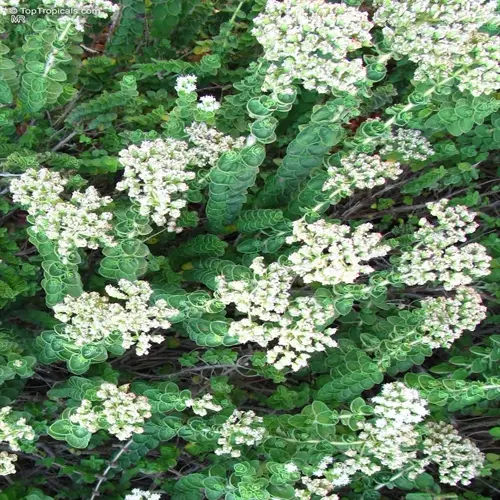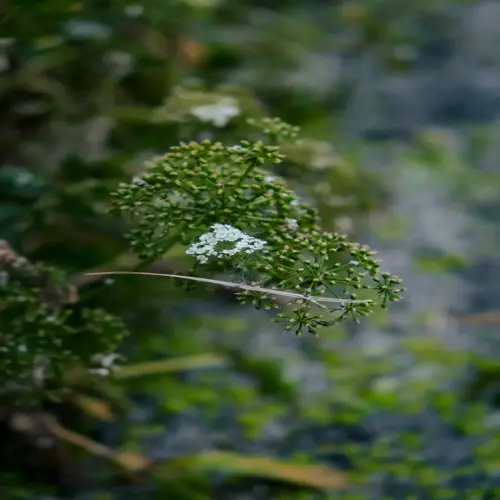Can sage survive winter outdoors?

Written by
Julia Anderson
Reviewed by
Prof. Martin Thorne, Ph.D.With the right preparations, sage can winter outside in zones 5-8. The inherent hardiness of sage varies by cultivar and climate. Knowing your growing zone will let you know how much protection you may need. I've successfully overwintered sage in zone 5b by following these guidelines. With care, the plants will emerge vigorously in spring.
Mulching Techniques
- Apply 4-6 inch straw layer after first frost
- Cover root zone completely extending 6 inches beyond plant
- Avoid using leaves that trap moisture
- Remove mulch gradually in spring as temperatures rise
Container Plant Care
- Move pots indoors when temperatures drop below 20°F
- Place near sunny south facing windows
- Reduce watering to monthly light applications
- Monitor for indoor pests like spider mites
The timing of pruning plays a crucial role in ensuring survival through the winter. I never prune in the fall or late season because that encourages new growth that may not be hardy enough to survive. I wait until early spring when buds are beginning to swell. I initially remove only dead or damaged wood. I'll take care of the shaping work after the threat of frost is passed.
Soil drainage is crucial for protecting roots. Before winter sets in on heavy clay soils, improve drainage with sand. In wet areas, consider raised planting beds. For containers, use a gritty potting mix. These improvements will help prevent root rot during the winter's thaw and freeze cycles. Roots that sit in water cannot survive freezing temperatures.
Keep an eye on plants during the winter thaw. Look for heaving; frost can push roots out of the ground. If you find exposed roots, gently press them back into the soil. If temperatures swing widely, add more mulch. Wrap burlap screens around exposed plantings to protect them from winds that can dry out the plants.
Evaluate the season damage a woody plant sustains over the winter during the early spring season. Scratch the stem bark to see if the cambium layer is green. If there is no new growth by the time you see new leaves, prune out the dead stems to the ground. Have patience if some plants have slow recovery rates. Most sage plants will regenerate just fine from their root systems.
Read the full article: How to Grow Sage: A Complete Beginner's Guide

